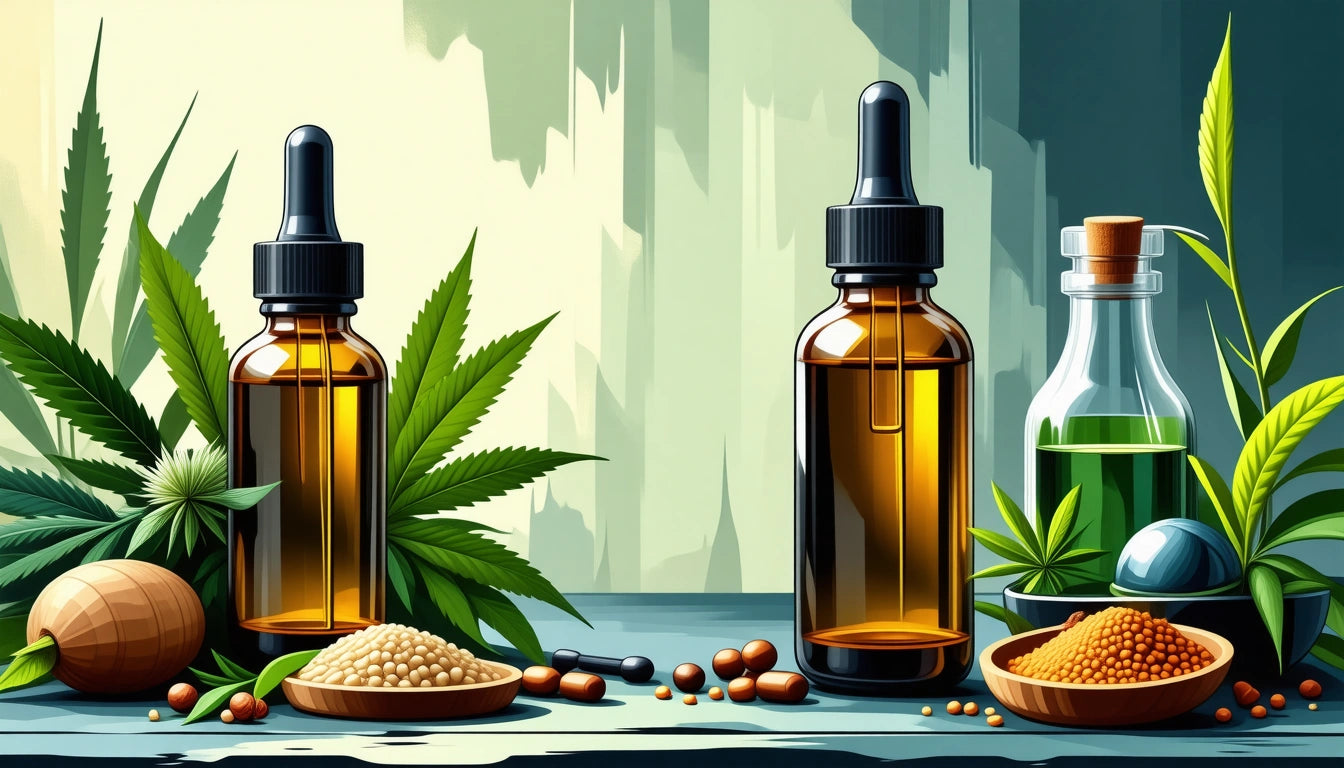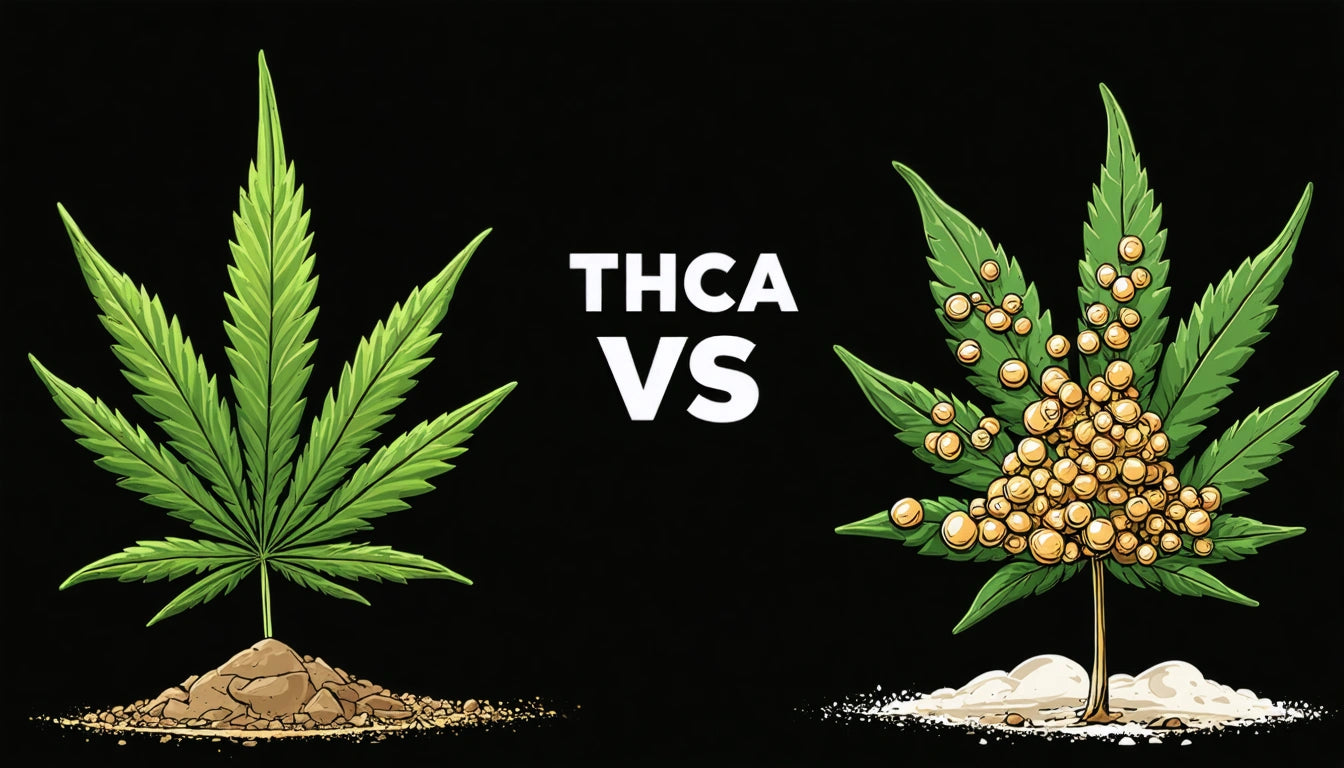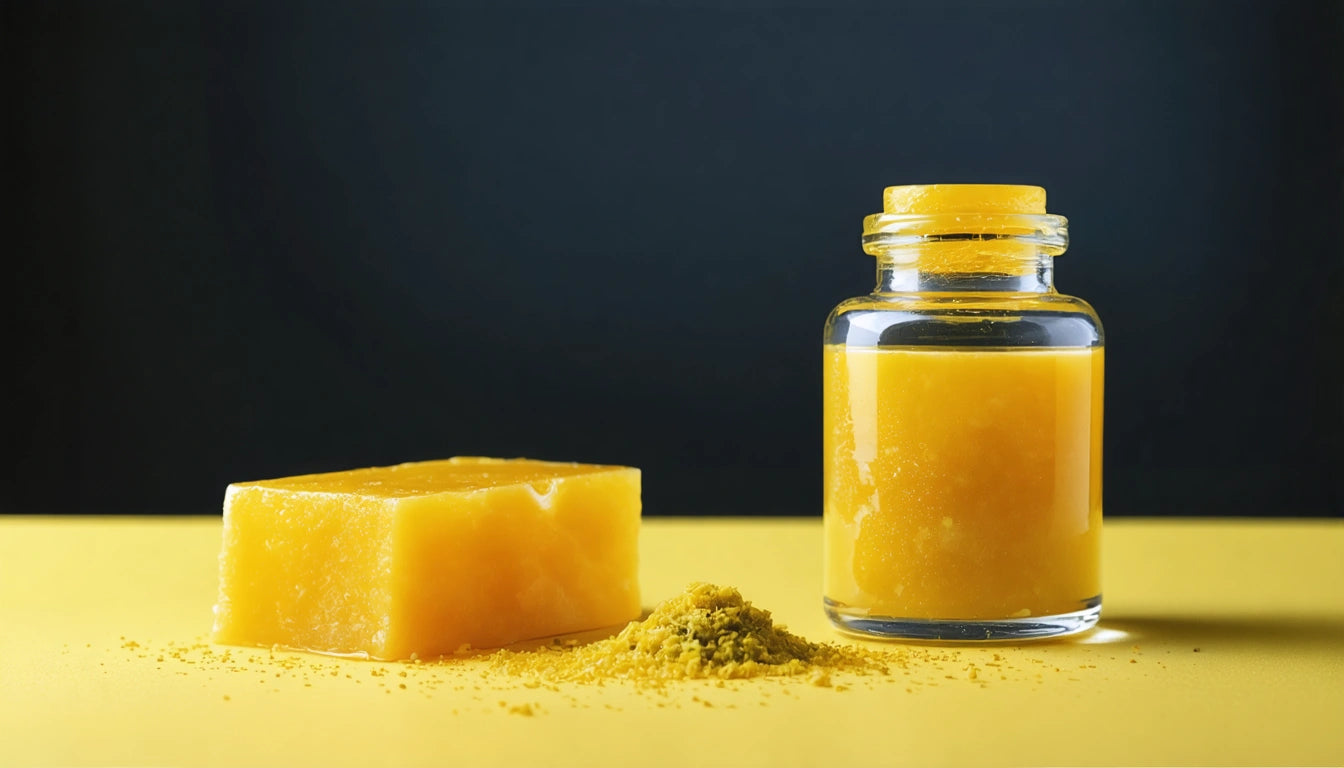Table of Contents
- Defining Tinctures and Oils: Base Compositions
- Extraction Methods: How Tinctures and Oils Are Made
- Absorption and Bioavailability: How Your Body Processes Each
- Potency and Dosage Considerations
- Usage Methods: How to Administer Tinctures vs Oils
- Storage and Shelf Life: Preserving Potency
- Choosing the Right Product for Your Needs
Understanding the Differences: Cannabis and CBD Tincture vs. Oil
The cannabis market offers various consumption methods, with tinctures and oils being two popular options that often cause confusion. While they may seem similar at first glance, cannabis tincture vs oil and CBD tincture vs oil have distinct differences in composition, production methods, and uses that impact their effectiveness for different needs.
Defining Tinctures and Oils: Base Compositions
Tinctures are alcohol-based extracts where cannabinoids like THC or CBD are dissolved in high-proof alcohol. Traditional tinctures use ethanol as a solvent, creating a liquid that delivers cannabinoids efficiently. According to our guide on cannabis tinctures, this alcohol base contributes to faster absorption and longer shelf life.
Cannabis and CBD oils, by contrast, use carrier oils like MCT (medium-chain triglyceride), olive, hemp, or coconut oil as their base. These fatty oils extract and hold cannabinoids without alcohol's harsh taste, making them more palatable for many users.
Extraction Methods: How Tinctures and Oils Are Made
The production process creates fundamental differences between tincture vs oil products:
Tincture Production
Tinctures typically involve soaking cannabis flower in alcohol for weeks, allowing the alcohol to extract cannabinoids and terpenes. Some manufacturers use heat to speed up this process. The resulting liquid is filtered to remove plant material, creating a potent solution that can be easily dosed with a dropper.
Oil Production
Cannabis oils often use CO2 extraction or other solvent-based methods to create a concentrate, which is then infused into a carrier oil. This multi-step process creates a product that's generally thicker than tinctures and has different absorption properties.
Absorption and Bioavailability: How Your Body Processes Each
When comparing oil vs tincture options, absorption rate becomes a key differentiator:
- Tinctures typically offer faster onset (15-30 minutes) when taken sublingually, as alcohol facilitates absorption through the mucous membranes.
- Oils generally have slower onset times (30-90 minutes) but may provide longer-lasting effects due to their fat-soluble nature.
- Bioavailability (the amount of cannabinoids that actually enter your bloodstream) tends to be higher with tinctures when used sublingually.
As explained in our guide on proper tincture usage, sublingual administration bypasses first-pass metabolism in the liver, allowing for more direct cannabinoid absorption.
Potency and Dosage Considerations
Both CBD tincture vs oil products come in various potencies, but their delivery mechanisms affect how you should approach dosing:
Tinctures typically come with calibrated droppers that make precise dosing easier. The alcohol base creates a more consistent cannabinoid distribution throughout the liquid, meaning each drop delivers a more predictable amount of THC or CBD.
Oils sometimes separate or have less uniform distribution of cannabinoids, requiring shaking before use. Their thicker consistency can make precise measurement slightly more challenging, though many quality products address this with well-designed droppers.
When selecting either product type, proper understanding of tincture duration and effects or similar knowledge about oils helps ensure appropriate dosing for your needs.
Usage Methods: How to Administer Tinctures vs Oils
While both products can be used in multiple ways, each has optimal administration methods:
Tincture Administration
Sublingual (under the tongue) application is the most effective method for tinctures. Hold the liquid under your tongue for 30-60 seconds before swallowing to maximize absorption through the mucous membranes. Tinctures can also be added to beverages, though this reduces their absorption rate.
Oil Administration
Oils are versatile and can be used sublingually, though their thicker consistency makes them less ideal for this method than tinctures. They excel when added to food or beverages, or when applied topically for localized relief. Our complete guide on making and using tinctures provides additional insights on administration methods.
Storage and Shelf Life: Preserving Potency
Proper storage is essential for maintaining the potency and safety of both tinctures and oils:
Tinctures have impressive shelf lives, often lasting 3-5 years when stored properly. Their alcohol base acts as a natural preservative, preventing bacterial growth. For optimal preservation, store tinctures in dark glass containers with secure, child-resistant caps that prevent light degradation and evaporation.
Oils typically have shorter shelf lives of 1-2 years, as their carrier oils can eventually go rancid. Refrigeration can extend their viability, and like tinctures, they should be kept in dark glass containers away from heat and light.
Choosing the Right Product for Your Needs
When deciding between cannabis tincture vs oil or CBD tincture vs oil, consider these factors:
- Onset time needed: Choose tinctures for faster effects, oils for more gradual onset
- Taste preferences: Oils generally offer milder flavor profiles than alcohol-based tinctures
- Dietary restrictions: Those avoiding alcohol should opt for oil-based products
- Usage context: Tinctures excel for precise dosing, while oils integrate better with food
As explained in our comparison of tinctures and edibles, your individual needs and circumstances should guide your choice between these different delivery systems.
Whether you choose a tincture or oil, understanding these key differences helps ensure you select the product that best aligns with your wellness goals, preferences, and lifestyle needs.











Leave a comment
All comments are moderated before being published.
This site is protected by hCaptcha and the hCaptcha Privacy Policy and Terms of Service apply.